Death is not the end
Lessons from the Universe whenever a light goes out.
“End? No, the journey doesn’t end here. Death is just another path, one that we all must take. The grey rain-curtain of this world rolls back, and all turns to silver glass, and then you see it.” –J.R.R. Tolkien
No matter how well we care for ourselves, our bodies eventually wear out and break down. Eventually, what we identify as our “self” ceases to be, and the constituent atoms that make us up wind up being incorporated into other, new forms of life.
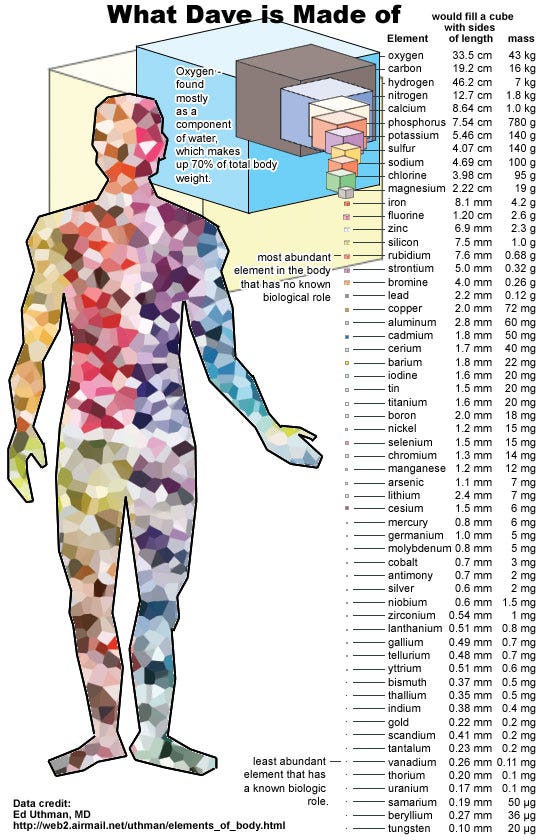
Perhaps surprisingly, the atoms in our bodies are replaced on a continuous basis. By the time a mere six-to-ten years goes by, every single atom that was a part of your body will have been replaced by another. Overall, our body’s composition remains the same — and our memories and experiences remain imprinted on who we are — but the individual particles that made us just a short time ago have already moved on. In many instances, the atoms that made you not so long ago are currently making up other living things, including other human beings.
But on a larger scale, the vast majority of the atoms themselves that make us up have been on Earth since its formation, and continue to remain there.
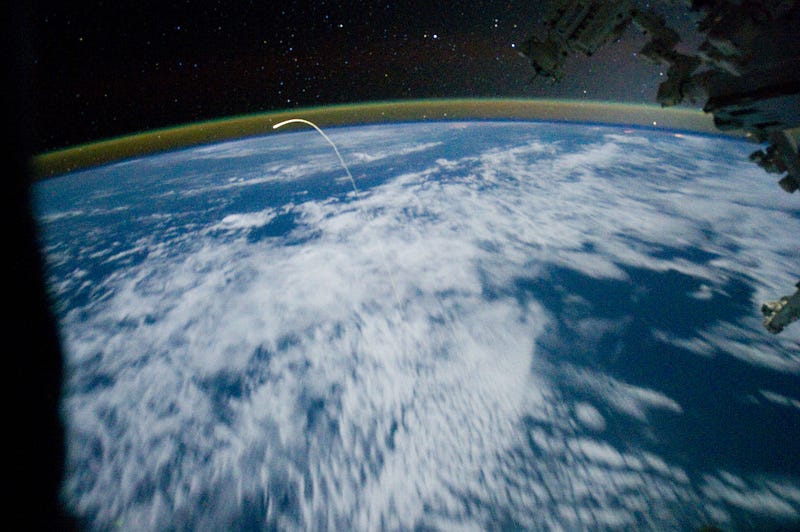
The same thing is true for pretty much all the stars in the sky as well. Every single point of twinkling light we see in the sky originates from a star, which itself is undergoing a tremendous reaction at its core: fusing light elements into heavier ones, and converting small percentages of mass into pure energy via Einstein’s famous E=mc^2. Over the 4.5 billion years it’s been burning, for example, our Sun has converted only 0.03% of its initial mass into energy. That amount — approximately equal to the mass of Saturn — has been enough to sustain our parent star’s tremendous energy output for the entire lifetime of our Solar System thus far.
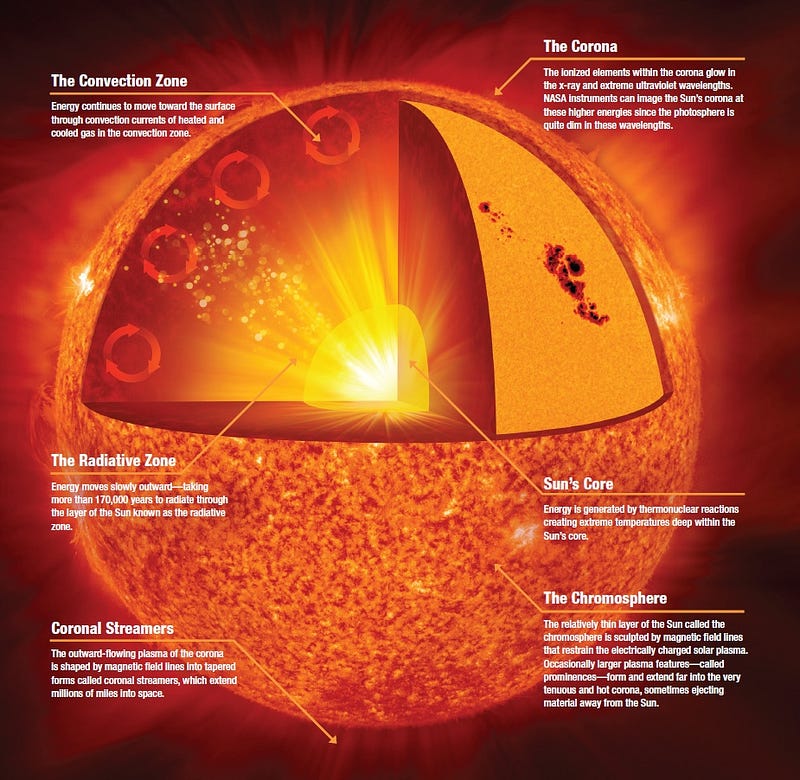
Yet the amount of hydrogen in our Sun’s core is finite, and even though it will move on to fuse helium into heavier elements as well, that’s finite as well. Over long enough timescales — millions of years for the heaviest stars, billions for stars like our Sun, and trillions for the smallest stars — everything will run out of fuel, and will eventually cease to shine as the stars we know do. Depending on their initial masses, there are four main ways that stars can die.
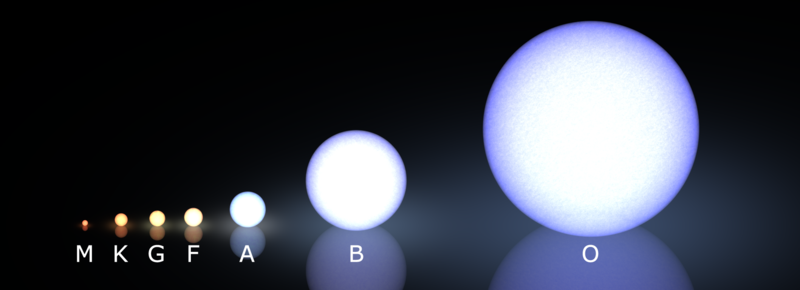
The most massive ones start off as the hottest and bluest, and since they burn the brightest, they also burn through their fuel the fastest. After only a million years or so, their cores are already out of expendable fuel, and they not only die in a catastrophic supernova explosion, but they leave only a black hole behind at their center.
Slightly less massive stars will still be hot and blue, slightly longer lived at a few million years, and while they will still die in a catastrophic supernova, they won’t leave a black hole behind, but rather a neutron star. Denser than an atomic nucleus, as massive as a Sun-like star, but only about three kilometers in diameter, a neutron star is one of the most extreme forms of matter in the Universe.
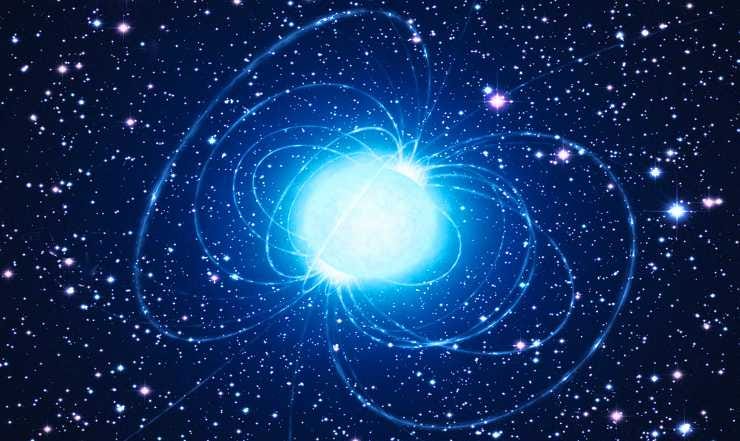
Stars that are less massive still — ones like our Sun — will live for hundreds of millions to tens of billions of years, are whiter in color, and are no longer massive enough to die in a supernova. Instead, when they run out of helium fuel in their cores, they simply blow off their outer layers into a planetary nebula, while the core itself contracts down to a degenerate form of matter made mostly of carbon and oxygen: a white dwarf. These compact objects are about the physical size of planet Earth, between about 50% and 140% the mass of our Sun, and will shine at about a millionth the brightness of our Sun for trillions, and perhaps even quadrillions of years.
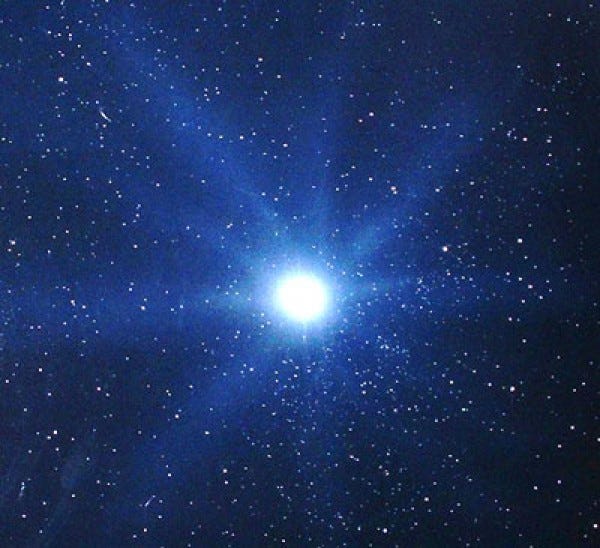
And finally, the least massive stars, red dwarf stars, will never be able to fuse anything beyond hydrogen. They are so long lived that hydrogen from the outer layers has time to migrate into the inner core, and so these stars will wind up as 99%+ helium by time they’re done burning their fuel, a process that can take up to some 15 trillion years. When they’re out of fuel, they, too, will become white dwarfs, but made of helium instead of carbon and oxygen, but with no planetary nebula.
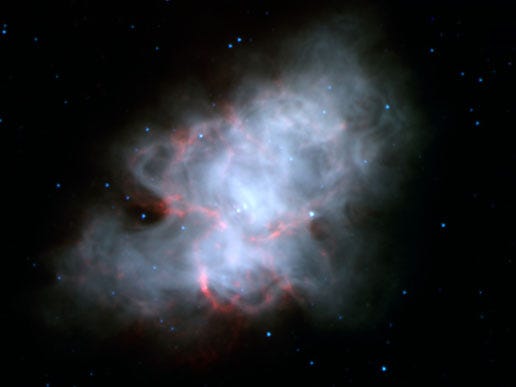
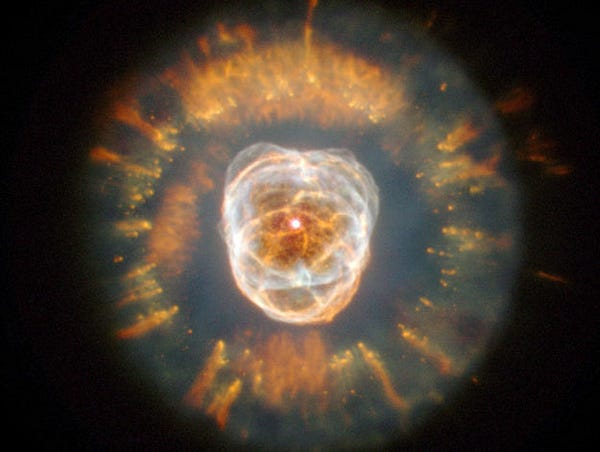
While the ejected outer layers from the more massive stars — the supernova remnants and the planetary nebulae — are extremely likely to get recycled into new generations of stars, that’s not what we mean by death not being the end. What we think of as the stellar remnants themselves, the neutron stars and white dwarfs that can be considered corpses of the deceased stars, can get a second chance at life.
All it takes is a chance encounter with another, similar object.
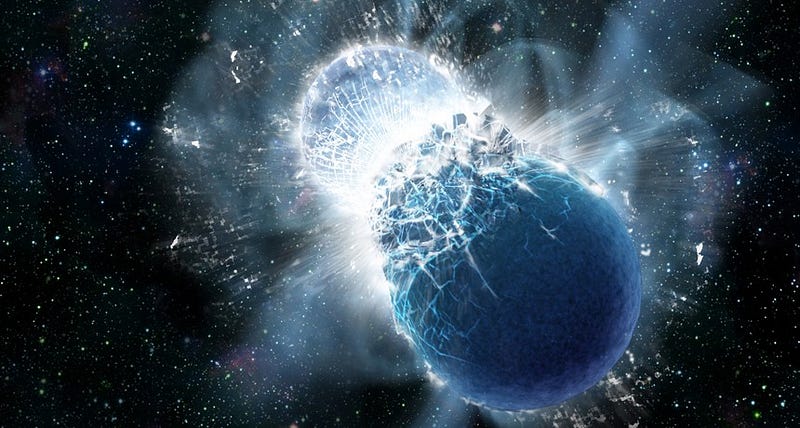
For neutron stars, a neutron star-neutron-star merger is thought to always result in a black hole, but that’s not all.
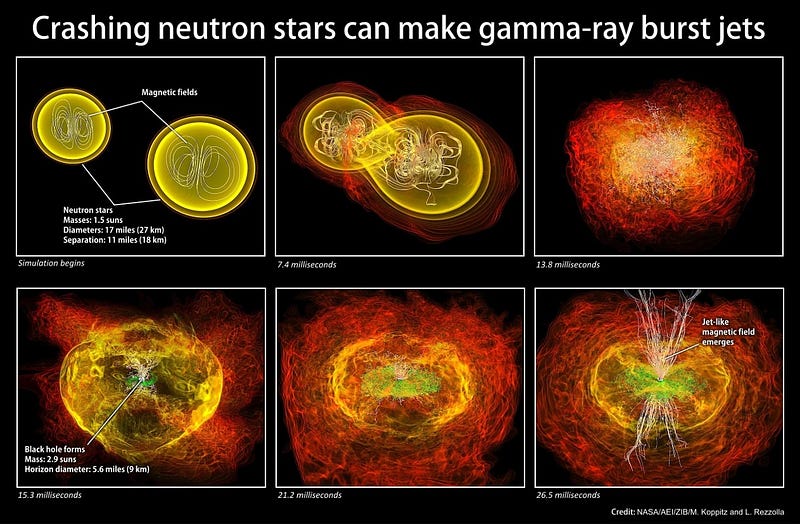
When these two objects collide, a tremendous reaction takes place, spitting out about 3% of their combined mass into interstellar space — along with a copious amount of extraordinarily high-energy radiation, gamma rays — creating the heaviest elements in the periodic table. It’s this very process that’s produced most of the gold (and other such elements) that we find on our world today!

For white dwarfs, two of them spiraling in to one another will result in a different kind of reaction: a runaway fusion reaction! This creates a new type of supernova, distinct from the ones formed by massive stars, a Type Ia supernova, which leaves nothing behind. Instead, all the heavy elements rapidly created go back to the interstellar medium, where they get incorporated into new generations of stars. And briefly — during the peak of the explosion — these two colliding stellar corpses can outshine all the stars in the galaxy, becoming temporarily brighter than the billions of stars present.
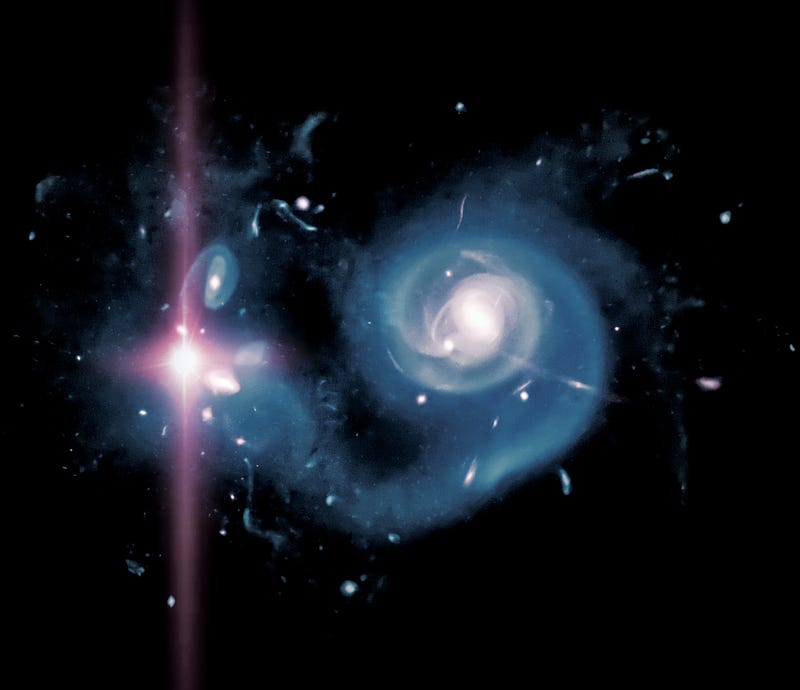
While most of the stars shining brightly in the night sky will die relatively soon (in astronomical terms), in millions or billions of years, this won’t be the last gasp for the vast majority of them. While they may no longer take the form of the stars they previously were, their outer layers will be returned to the interstellar medium, participating in the formation of countless future generations of stars and planets, while their inner cores may yet get another chance to shine and live again. Even in the cases of black holes, they may yet be a gateway to another, new Universe, and potentially a whole new Big Bang, and a new chance to play the game all over again.
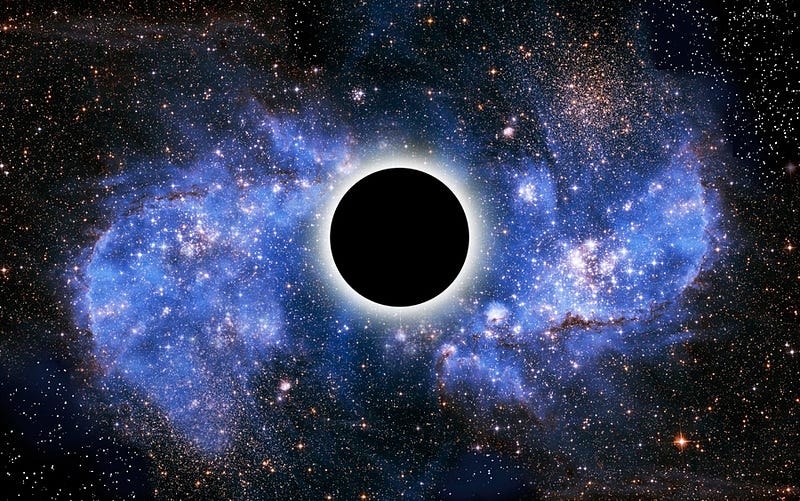
In every case, death is not the ultimate end, but merely a single step along a journey that began long before any of what we know today existed, and will continue long after the Universe as we know it becomes unrecognizable to those of us viewing it today.
Whenever a light goes out, remember this story. For everything will have its moment to shine again.
Leave your comments at the Starts With A Bang forum on Scienceblogs.





